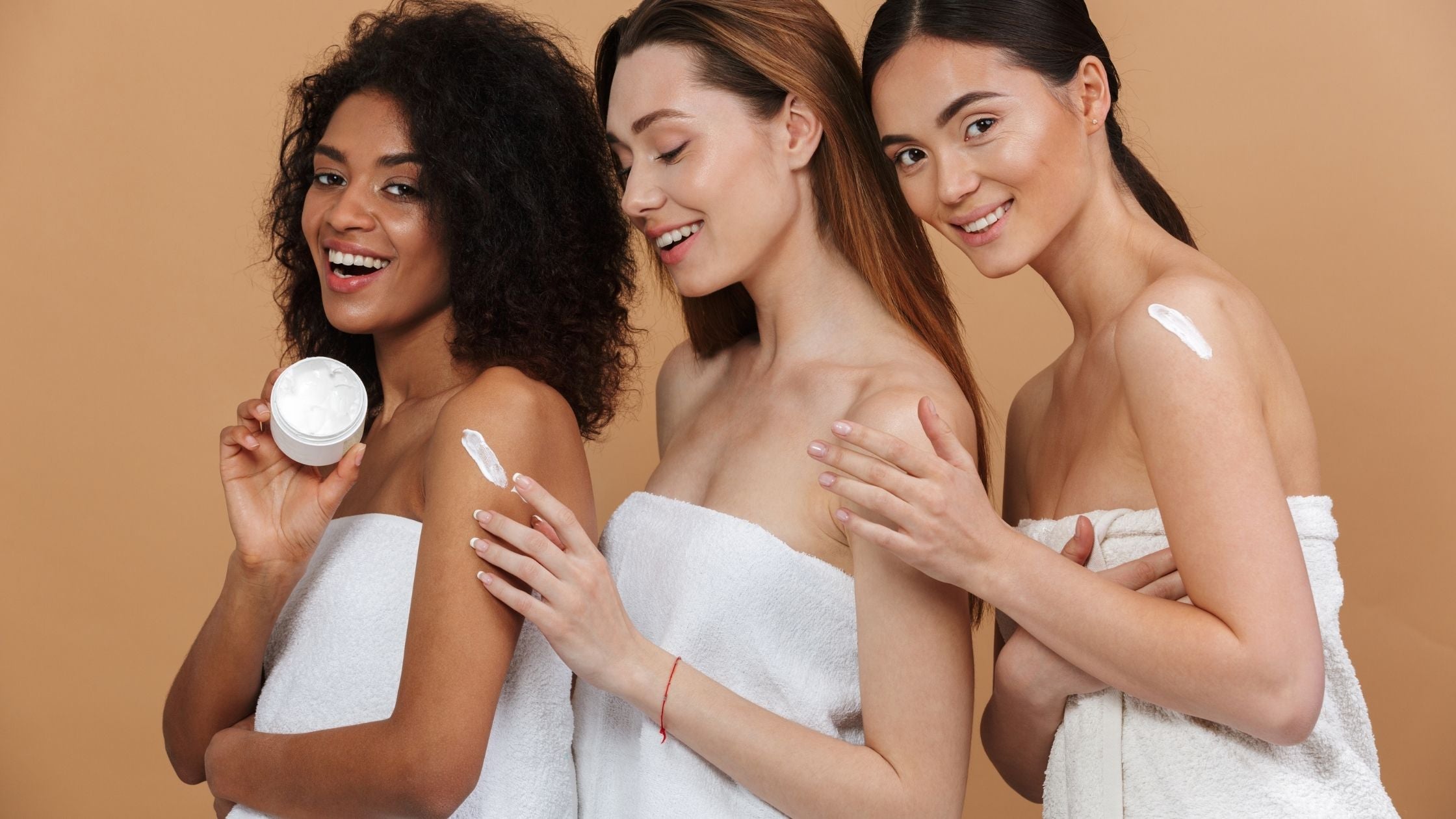How to Choose the Right Cosmetics for Your Skin Type

Choosing the right cosmetics is essential for achieving a flawless look while maintaining healthy skin. With countless products available—from foundations to lipsticks to skincare-infused makeup—understanding your skin type and needs ensures both beauty and skin wellness.
1. Identify Your Skin Type
The first step in selecting cosmetics is knowing your skin type. Generally, skin types are classified as:
- Normal: Balanced skin with minimal imperfections and moderate oiliness.
- Oily: Skin that produces excess sebum, often leading to shine and enlarged pores.
- Dry: Skin lacking moisture, prone to flakiness or tightness.
- Combination: A mix of oily and dry areas, often with an oily T-zone.
- Sensitive: Skin easily irritated by chemicals, fragrances, or environmental factors.
Understanding your skin type helps you select products that complement and protect your skin rather than exacerbate problems.
2. Foundation Selection Tips
Foundation is one of the most commonly used cosmetics, but choosing the wrong one can lead to clogged pores or uneven coverage. For oily skin, oil-free or matte foundations work best, while dry skin benefits from hydrating or luminous formulas. Combination skin may require a blend of products or a primer to balance textures.
Additionally, selecting the correct shade is critical. Test foundation along your jawline in natural light to ensure it matches both your face and neck seamlessly.
3. Skincare-Infused Makeup
For those who want both beauty and skin benefits, consider skincare-infused cosmetics. Many modern products contain hyaluronic acid, vitamin C, or SPF, providing hydration, brightening effects, and sun protection while offering coverage. These dual-purpose products simplify routines and enhance skin health over time.
4. Lip and Eye Products for Different Needs
Lipsticks, lip glosses, and lip balms should be chosen based on both color preference and formulation. Matte lipsticks suit long-lasting wear, while glosses or tinted balms offer hydration. Sensitive lips benefit from products containing natural oils and minimal synthetic ingredients.
Eye makeup—mascaras, eyeshadows, and eyeliners—should be selected with care, especially for sensitive or allergy-prone eyes. Hypoallergenic formulas reduce irritation, while waterproof products provide durability for long days or special occasions.
5. Seasonal and Climate Considerations
Climate affects how cosmetics perform. In humid regions, lightweight, oil-free foundations prevent shine, while in dry climates, moisturizing formulas combat flakiness. Similarly, lip products may require more hydration in colder seasons, and makeup with SPF is essential year-round for sun protection.
6. Ethical and Sustainable Choices
Many consumers now prioritize ethical and eco-conscious cosmetics. Look for cruelty-free, vegan, or recyclable-packaged products. Not only do these choices support the environment, but they also reflect the growing trend of mindful beauty consumption.
7. Patch Testing and Allergies
Before fully applying a new product, perform a patch test on a small area of skin to check for irritation. This precaution is especially important for sensitive skin or products with active ingredients like retinol or acids.
Conclusion: Cosmetics That Enhance Both Beauty and Health
Selecting the right cosmetics is about more than just color or brand—it’s about understanding your skin type, addressing your needs, and choosing products that enhance both appearance and skin health. With knowledge and mindful selection, anyone can enjoy cosmetics that empower, protect, and inspire confidence.



